The market for green pumpkin seeds has been gaining significant popularity in recent years due to their nutritional value and versatile use in various culinary applications. Understanding the factors that influence the price of green pumpkin seeds, from production to consumption, is crucial for both producers and consumers. In this article, we will delve into the main aspects that determine the price of green pumpkin seeds, including production costs, supply and demand dynamics, processing and distribution expenses, and finally, the impact on the retail price. 1. Production Costs: The price of green pumpkin seeds is influenced by various factors associated with cultivation, harvesting, and post-harvest processing. These factors include the cost of land, labor, fertilizers, pesticides, machinery, and the overall yield per acre. Additionally, climate conditions, such as rainfall and temperature, can affect the productivity and quality of the harvest, impacting the final price. As production costs are significant, they directly influence the price offered to buyers. 2. Supply and Demand: Supply and demand dynamics play a crucial role in determining the price of green pumpkin seeds. Increasing demand, both domestically and internationally, has driven up prices. Growing consumer awareness regarding the health benefits of green pumpkin seeds, such as its high protein content, omega-3 fatty acids, and antioxidant properties, has resulted in greater demand for the product. Moreover, the rising popularity of plant-based diets and the inclusion of green pumpkin seeds in various cuisines have further contributed to the increasing demand. On the supply side, the availability of arable land, the number of farmers or producers, and their cultivation techniques can impact the overall supply of green pumpkin seeds. Any changes in these factors can influence the price, particularly if the supply cannot match the demand. Market forces such as stockpiling, importation restrictions, or export opportunities can also influence supply and demand dynamics, thereby impacting the price of green pumpkin seeds. 3. Processing and Distribution Expenses: After the green pumpkin seeds are harvested, processing and distribution also contribute to the overall price. Processing involves separating the seeds from the pulp, removing any impurities, and often roasting or drying them for preservation. These processes require specialized machinery, skilled labor, and energy inputs, which incur costs that are passed on to buyers. Additionally, the transportation and distribution costs for moving the seeds from the processing facilities to the end-consumers can also affect the final price. 4. Retail Price: The retail price of green pumpkin seeds is affected by various factors, including the costs mentioned above, as well as factors specific to the retail sector.
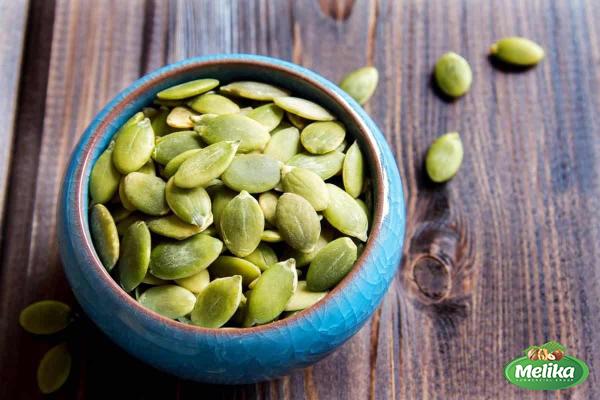
nuts
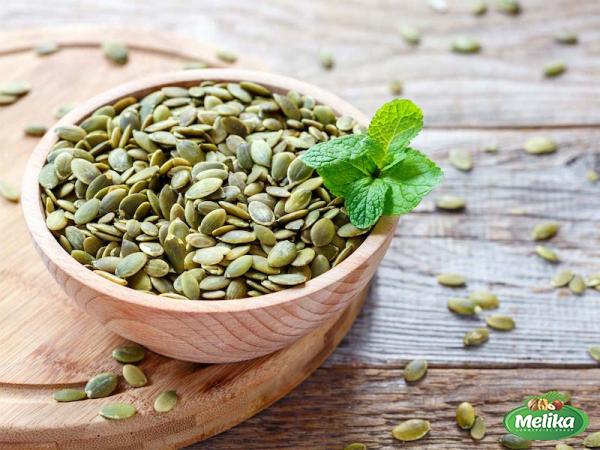 Retailers need to cover their overhead expenses, including rent, utilities, salaries, and marketing costs. Moreover, retailers often apply a margin to the price they paid for the seeds, aiming to generate profits and cover any possible losses or risks. The retail price can also be influenced by packaging and branding strategies, as well as consumer perceptions of quality and value for money. 5. External Factors: Several external factors can impact the price of green pumpkin seeds. For instance, government policies and regulations such as import or export taxes, subsidies, or quotas can directly affect the cost of production and influence the overall market price. Additionally, economic fluctuations, exchange rates, and inflation rates can also have indirect effects on the price of green pumpkin seeds, particularly for international trade. Conclusion: The price of green pumpkin seeds is influenced by a multitude of factors, starting from production costs, supply and demand dynamics, processing and distribution expenses, and finally, the impact of the retail sector. Understanding these factors is essential for both producers and consumers in making informed decisions, whether it is regarding production planning, market positioning, or purchasing choices. As the demand for green pumpkin seeds continues to rise, it is crucial for all stakeholders to track these factors and adapt their strategies accordingly to meet market demands and ensure a sustainable supply chain. The Price of Green Pumpkin Seeds: From Production to Consumption Introduction: The market for green pumpkin seeds has been gaining significant popularity in recent years due to their nutritional value and versatile use in various culinary applications. Understanding the factors that influence the price of green pumpkin seeds, from production to consumption, is crucial for both producers and consumers. In this article, we will delve into the main aspects that determine the price of green pumpkin seeds, including production costs, supply and demand dynamics, processing and distribution expenses, and finally, the impact on the retail price. 1. Production Costs: One of the key factors that determine the price of green pumpkin seeds is production costs. These costs include various components such as the cost of land, labor, fertilizers, pesticides, machinery, and the overall yield per acre. The cost of land can vary significantly depending on the region and the availability of suitable farming areas. Labor costs cover activities such as planting, maintaining the crops, and harvesting. The cost of fertilizers and pesticides is necessary for ensuring high yields and quality. Additionally, the use of machinery and equipment for planting and harvesting can incur significant costs. All these factors contribute to the overall production costs, which directly influence the price offered to buyers. 2. Supply and Demand: Supply and demand dynamics play a crucial role in determining the price of green pumpkin seeds. Increasing demand, both domestically and internationally, has driven up prices. Growing consumer awareness regarding the health benefits of green pumpkin seeds, such as its high protein content, omega-3 fatty acids, and antioxidant properties, has resulted in greater demand for the product. Moreover, the rising popularity of plant-based diets and the inclusion of green pumpkin seeds in various cuisines have further contributed to the increasing demand. On the supply side, the availability of arable land, the number of farmers or producers, and their cultivation techniques can impact the overall supply of green pumpkin seeds. Any changes in these factors can influence the price, particularly if the supply cannot match the demand. Market forces such as stockpiling, importation restrictions, or export opportunities can also influence supply and demand dynamics, thereby impacting the price of green pumpkin seeds.
Retailers need to cover their overhead expenses, including rent, utilities, salaries, and marketing costs. Moreover, retailers often apply a margin to the price they paid for the seeds, aiming to generate profits and cover any possible losses or risks. The retail price can also be influenced by packaging and branding strategies, as well as consumer perceptions of quality and value for money. 5. External Factors: Several external factors can impact the price of green pumpkin seeds. For instance, government policies and regulations such as import or export taxes, subsidies, or quotas can directly affect the cost of production and influence the overall market price. Additionally, economic fluctuations, exchange rates, and inflation rates can also have indirect effects on the price of green pumpkin seeds, particularly for international trade. Conclusion: The price of green pumpkin seeds is influenced by a multitude of factors, starting from production costs, supply and demand dynamics, processing and distribution expenses, and finally, the impact of the retail sector. Understanding these factors is essential for both producers and consumers in making informed decisions, whether it is regarding production planning, market positioning, or purchasing choices. As the demand for green pumpkin seeds continues to rise, it is crucial for all stakeholders to track these factors and adapt their strategies accordingly to meet market demands and ensure a sustainable supply chain. The Price of Green Pumpkin Seeds: From Production to Consumption Introduction: The market for green pumpkin seeds has been gaining significant popularity in recent years due to their nutritional value and versatile use in various culinary applications. Understanding the factors that influence the price of green pumpkin seeds, from production to consumption, is crucial for both producers and consumers. In this article, we will delve into the main aspects that determine the price of green pumpkin seeds, including production costs, supply and demand dynamics, processing and distribution expenses, and finally, the impact on the retail price. 1. Production Costs: One of the key factors that determine the price of green pumpkin seeds is production costs. These costs include various components such as the cost of land, labor, fertilizers, pesticides, machinery, and the overall yield per acre. The cost of land can vary significantly depending on the region and the availability of suitable farming areas. Labor costs cover activities such as planting, maintaining the crops, and harvesting. The cost of fertilizers and pesticides is necessary for ensuring high yields and quality. Additionally, the use of machinery and equipment for planting and harvesting can incur significant costs. All these factors contribute to the overall production costs, which directly influence the price offered to buyers. 2. Supply and Demand: Supply and demand dynamics play a crucial role in determining the price of green pumpkin seeds. Increasing demand, both domestically and internationally, has driven up prices. Growing consumer awareness regarding the health benefits of green pumpkin seeds, such as its high protein content, omega-3 fatty acids, and antioxidant properties, has resulted in greater demand for the product. Moreover, the rising popularity of plant-based diets and the inclusion of green pumpkin seeds in various cuisines have further contributed to the increasing demand. On the supply side, the availability of arable land, the number of farmers or producers, and their cultivation techniques can impact the overall supply of green pumpkin seeds. Any changes in these factors can influence the price, particularly if the supply cannot match the demand. Market forces such as stockpiling, importation restrictions, or export opportunities can also influence supply and demand dynamics, thereby impacting the price of green pumpkin seeds.
Specifications of nuts
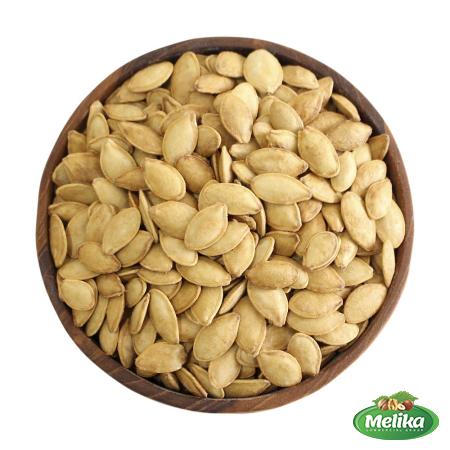 3. Processing and Distribution Expenses: After the green pumpkin seeds are harvested, processing and distribution also contribute to the overall price. Processing involves separating the seeds from the pulp, removing any impurities, and often roasting or drying them for preservation. These processes require specialized machinery, skilled labor, and energy inputs, which incur costs that are passed on to buyers. Additionally, the transportation and distribution costs for moving the seeds from the processing facilities to the end-consumers can also affect the final price. 4. Retail Price: The retail price of green pumpkin seeds is affected by various factors, including the costs mentioned above, as well as factors specific to the retail sector. Retailers need to cover their overhead expenses, including rent, utilities, salaries, and marketing costs. Moreover, retailers often apply a margin to the price they paid for the seeds, aiming to generate profits and cover any possible losses or risks. The retail price can also be influenced by packaging and branding strategies, as well as consumer perceptions of quality and value for money. 5. External Factors: Several external factors can impact the price of green pumpkin seeds. For instance, government policies and regulations such as import or export taxes, subsidies, or quotas can directly affect the cost of production and influence the overall market price. Additionally, economic fluctuations, exchange rates, and inflation rates can also have indirect effects on the price of green pumpkin seeds, particularly for international trade. 6. Market Competition: Competition within the green pumpkin seed market can also influence the price. The presence of multiple producers or suppliers competing for market share can result in price fluctuations as they try to attract customers. Market competition can also impact pricing strategies such as discounts, promotions, or bundling offers to gain a competitive edge. Additionally, the entry of new players or the exit of existing ones can disrupt market dynamics and contribute to price variations. 7. Certification and Quality Standards: Certification and quality standards also play a role in determining the price of green pumpkin seeds.
3. Processing and Distribution Expenses: After the green pumpkin seeds are harvested, processing and distribution also contribute to the overall price. Processing involves separating the seeds from the pulp, removing any impurities, and often roasting or drying them for preservation. These processes require specialized machinery, skilled labor, and energy inputs, which incur costs that are passed on to buyers. Additionally, the transportation and distribution costs for moving the seeds from the processing facilities to the end-consumers can also affect the final price. 4. Retail Price: The retail price of green pumpkin seeds is affected by various factors, including the costs mentioned above, as well as factors specific to the retail sector. Retailers need to cover their overhead expenses, including rent, utilities, salaries, and marketing costs. Moreover, retailers often apply a margin to the price they paid for the seeds, aiming to generate profits and cover any possible losses or risks. The retail price can also be influenced by packaging and branding strategies, as well as consumer perceptions of quality and value for money. 5. External Factors: Several external factors can impact the price of green pumpkin seeds. For instance, government policies and regulations such as import or export taxes, subsidies, or quotas can directly affect the cost of production and influence the overall market price. Additionally, economic fluctuations, exchange rates, and inflation rates can also have indirect effects on the price of green pumpkin seeds, particularly for international trade. 6. Market Competition: Competition within the green pumpkin seed market can also influence the price. The presence of multiple producers or suppliers competing for market share can result in price fluctuations as they try to attract customers. Market competition can also impact pricing strategies such as discounts, promotions, or bundling offers to gain a competitive edge. Additionally, the entry of new players or the exit of existing ones can disrupt market dynamics and contribute to price variations. 7. Certification and Quality Standards: Certification and quality standards also play a role in determining the price of green pumpkin seeds.
buy nuts
 Certain certifications, such as organic or fair trade certifications, can increase the perceived value of the product and allow for a premium price. Meeting specific quality standards and ensuring consistency in terms of taste and texture can also impact the price as consumers are willing to pay more for high-quality products. 8. Seasonality: Seasonal variations can affect the price of green pumpkin seeds. Like most agricultural products, the availability and price of green pumpkin seeds can fluctuate based on the harvest season. Supply tends to be higher during the harvest season, resulting in lower prices. Conversely, when supply dwindles and demand remains constant or increases, prices tend to rise. Understanding the seasonality of the market and planning production and procurement accordingly can help mitigate price fluctuations. 9. Consumer Preferences and Trends: Consumer preferences and trends can significantly impact the price of green pumpkin seeds. For example, if there is a sudden surge in demand for a specific type or variety of green pumpkin seeds, suppliers may adjust the price to capitalize on the trend. Moreover, changing consumer preferences, such as a shift towards organic or sustainable products, can influence the price if suppliers need to invest in alternative cultivation or processing methods. 10. Sustainability and Ethical Considerations: Increasingly, consumers are becoming more conscious of sustainability and ethical considerations. This can include factors such as the environmental impact of production practices, fair wages for farmers and workers, and the transparency of the supply chain. Implementation of sustainable practices and adherence to ethical considerations can entail additional costs that may be reflected in the price of green pumpkin seeds. Conclusion: The price of green pumpkin seeds is influenced by a multitude of factors, including production costs, supply and demand dynamics, processing and distribution expenses, market competition, external factors, certification and quality standards, seasonality, consumer preferences, and sustainability considerations. Producers, distributors, and consumers should be aware of these factors to make informed decisions regarding pricing, sourcing, and purchasing. By understanding the intricate dynamics that determine the price, stakeholders can adapt their strategies to meet market demands and ensure a sustainable supply chain for green pumpkin seeds.
Certain certifications, such as organic or fair trade certifications, can increase the perceived value of the product and allow for a premium price. Meeting specific quality standards and ensuring consistency in terms of taste and texture can also impact the price as consumers are willing to pay more for high-quality products. 8. Seasonality: Seasonal variations can affect the price of green pumpkin seeds. Like most agricultural products, the availability and price of green pumpkin seeds can fluctuate based on the harvest season. Supply tends to be higher during the harvest season, resulting in lower prices. Conversely, when supply dwindles and demand remains constant or increases, prices tend to rise. Understanding the seasonality of the market and planning production and procurement accordingly can help mitigate price fluctuations. 9. Consumer Preferences and Trends: Consumer preferences and trends can significantly impact the price of green pumpkin seeds. For example, if there is a sudden surge in demand for a specific type or variety of green pumpkin seeds, suppliers may adjust the price to capitalize on the trend. Moreover, changing consumer preferences, such as a shift towards organic or sustainable products, can influence the price if suppliers need to invest in alternative cultivation or processing methods. 10. Sustainability and Ethical Considerations: Increasingly, consumers are becoming more conscious of sustainability and ethical considerations. This can include factors such as the environmental impact of production practices, fair wages for farmers and workers, and the transparency of the supply chain. Implementation of sustainable practices and adherence to ethical considerations can entail additional costs that may be reflected in the price of green pumpkin seeds. Conclusion: The price of green pumpkin seeds is influenced by a multitude of factors, including production costs, supply and demand dynamics, processing and distribution expenses, market competition, external factors, certification and quality standards, seasonality, consumer preferences, and sustainability considerations. Producers, distributors, and consumers should be aware of these factors to make informed decisions regarding pricing, sourcing, and purchasing. By understanding the intricate dynamics that determine the price, stakeholders can adapt their strategies to meet market demands and ensure a sustainable supply chain for green pumpkin seeds.

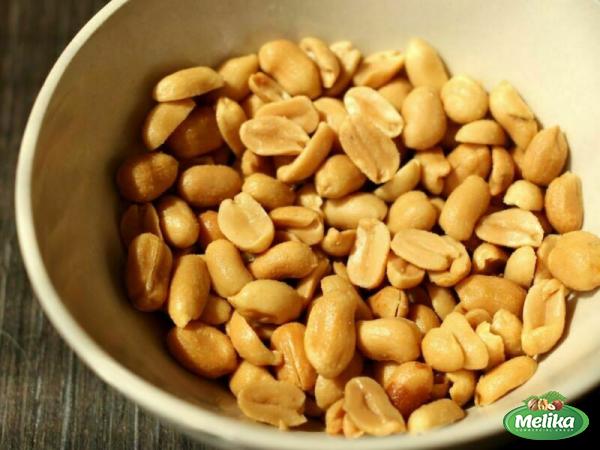

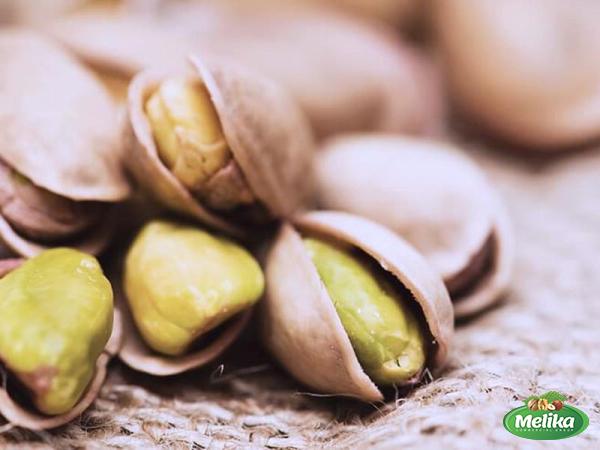
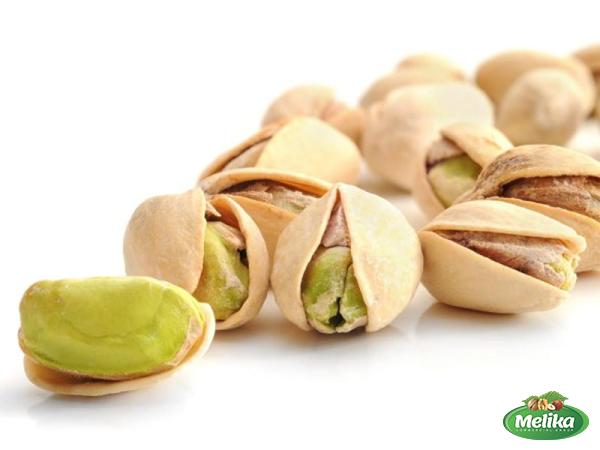
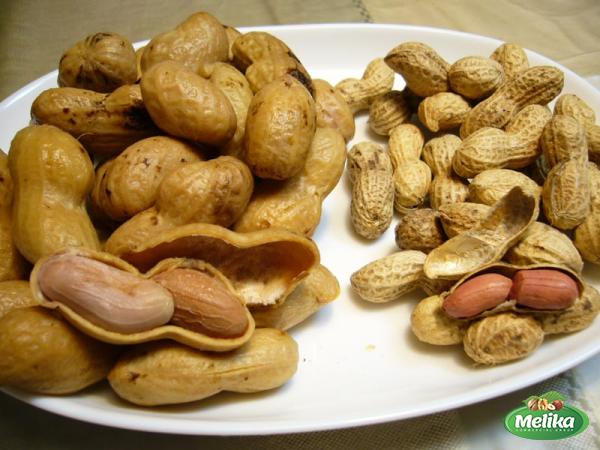
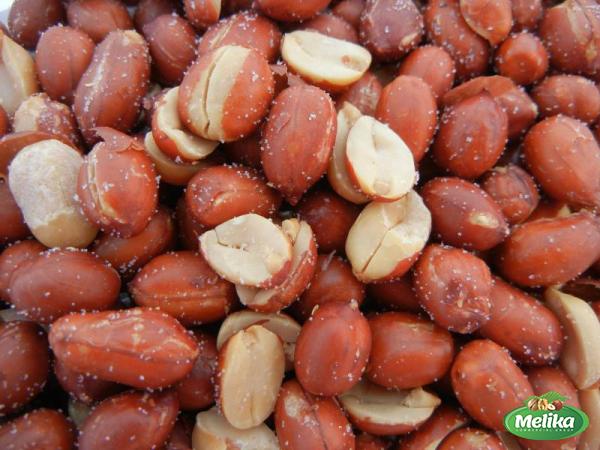
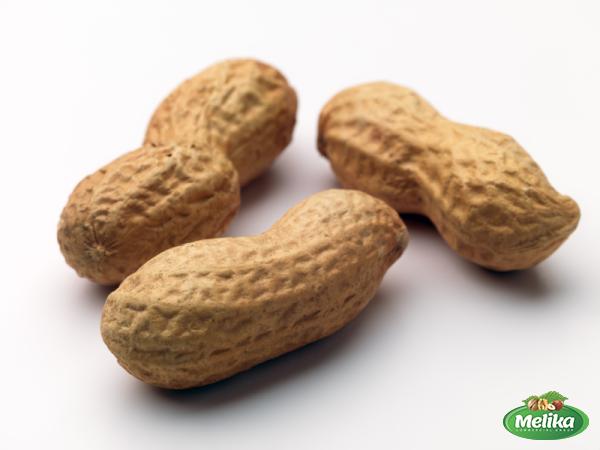
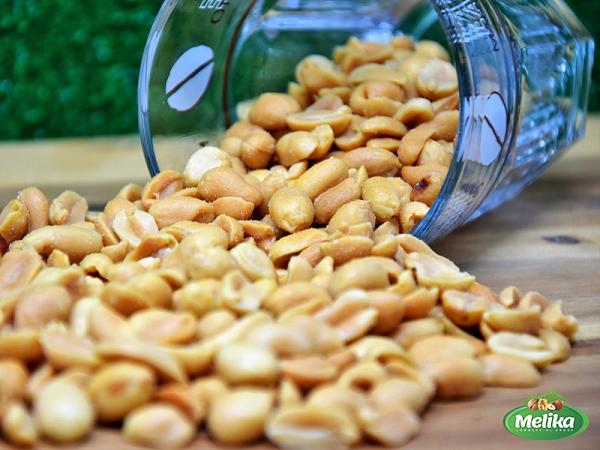
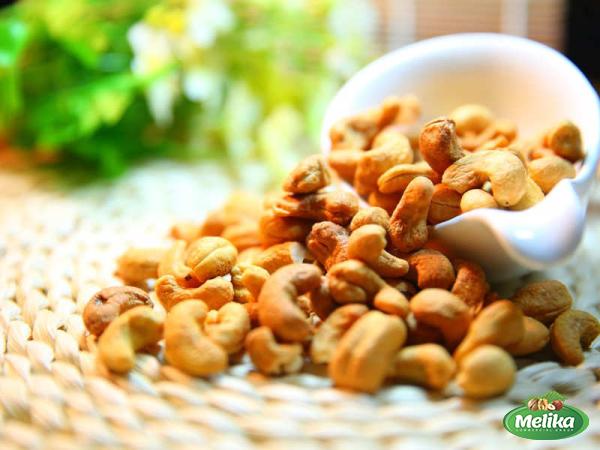
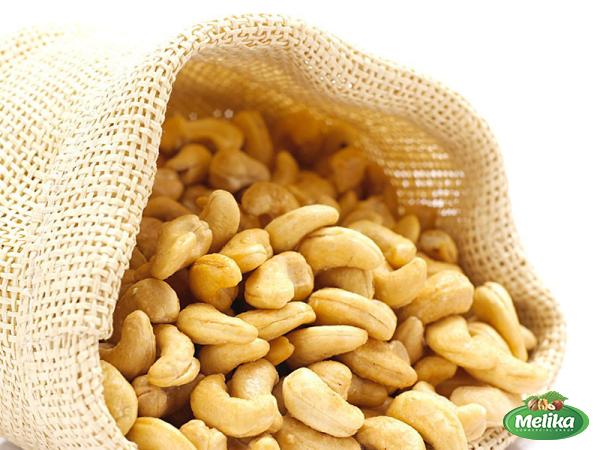
Your comment submitted.